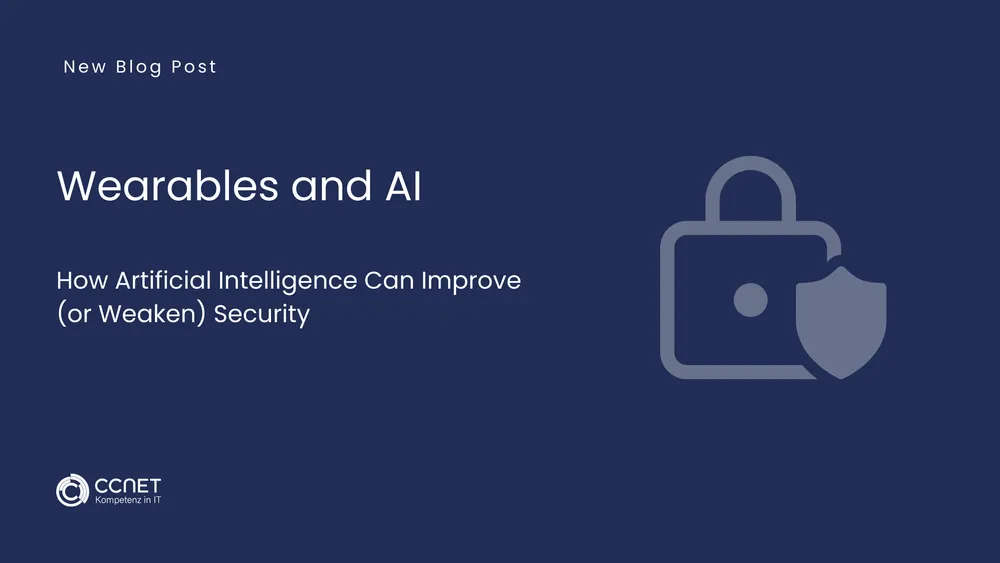
CCNet
Aug 1, 2025 • 2 min read

Open Source vs. Proprietary Wearables: Which are more secure?
In the world of wearables, two dominant approaches exist: open-source and proprietary systems. While open-source solutions stand for transparency and customization, proprietary systems often offer a more polished user experience and tightly controlled security measures. But which model better protects health data? In this article, we compare the security benefits and risks of both approaches.
1. What Are Open-Source and Proprietary Wearables?
Open-source wearables: Devices whose software is publicly accessible and can be modified by a community. Examples include OpenHealth wearables or OpenAPS for diabetes management.
Proprietary wearables: Closed systems developed and maintained exclusively by manufacturers. Examples include the Apple Watch, Fitbit, and Garmin devices.
2. Advantages and Risks of Open-Source Wearables
Advantages:
- Transparency: Anyone can review the code and identify security vulnerabilities.
- Customization: Users can modify or enhance features to suit their needs.
- Independence from manufacturers: No reliance on a single company for updates or privacy policy enforcement.
Risks:
- Limited support: Security updates depend on community engagement and may be delayed.
- Technical complexity: Users must have technical expertise to safely implement modifications.
- Lack of hardware-level protection: Often limited integration with secure chips or hardware-based encryption.
3. Advantages and Risks of Proprietary Wearables
Advantages:
- Regular security updates: Vendors like Apple and Garmin continuously release patches for known vulnerabilities.
- Integrated security features: Encryption, biometric locks, and secure cloud infrastructure are often built-in.
- Ease of use: Users don’t need to manage or configure their own security measures.
Risks:
- Low transparency: Users cannot inspect the source code or fully understand how data is handled.
- Vendor lock-in: Updates, privacy settings, and features are controlled solely by the manufacturer.
- Potential data sharing: Some commercial providers use health data for advertising or analytics purposes.
4. Security Comparison Overview
| Security Factor | Open-Source Wearables | Proprietary Wearables |
|---|---|---|
| Transparency | High | Low |
| Regular Updates | Variable (community-based) | High (vendor-managed) |
| Data Control | High | Limited |
| User Friendliness | Low | High |
| Hardware Security | Medium to Low | High |
5. Conclusion: Which Wearables Are More Secure?
The choice between open-source and proprietary wearables depends largely on individual security needs:
- If you value full control and transparency, open-source wearables are the better option—but they require technical know-how and active maintenance.
- If you prioritize regular updates, hardware-level security, and ease of use, proprietary devices offer a safer and more user-friendly experience—but trust in the manufacturer’s privacy policy is essential.
6. Recommendation for Users
- Privacy-conscious individuals: Should carefully review how proprietary devices handle data or consider open-source alternatives.
- Organizations and medical institutions: Should prefer certified proprietary wearables with strong security credentials.
- Tech-savvy users: Can opt for open-source wearables but must implement proper security measures themselves.


